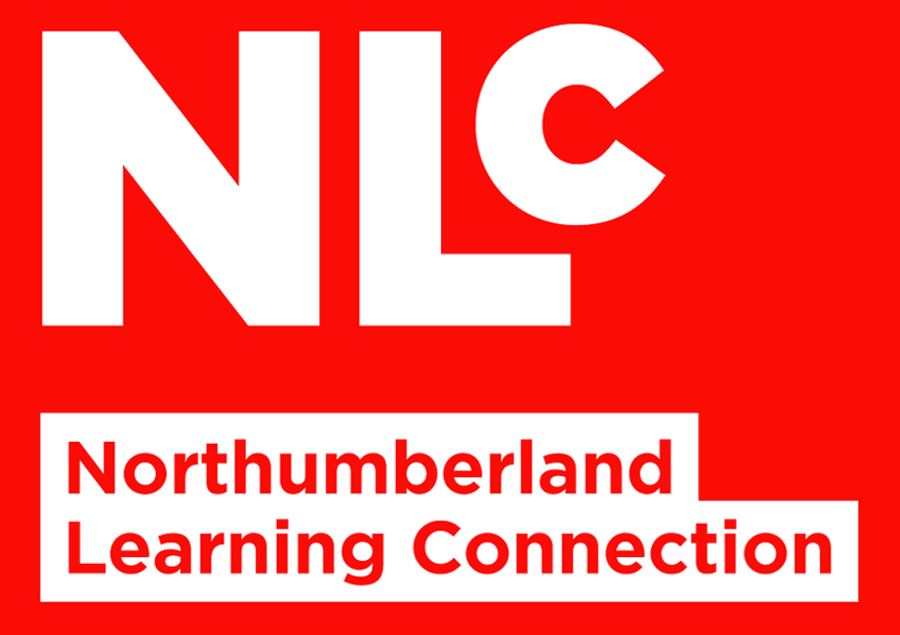BEYOND A YARDSTICK
March 26 - May 1, 2015
Measurement began when people started counting on their fingers. Now we measure the incomprehensible, the invisible, and the untouchable: the size of the universe, electric currents in the brain, and the emotion aroused by music. Our spring 2015 series explores the nature of measuring, its current frontiers, and what it is telling us about our world and ourselves.
Six evening lectures and five morning seminars will provide a fascinating glimpse into how measurement is being used today.
That’s not all! Join us for a special film screening of the time-spanning, high seas epic Longitude – the true story of a lone genius who solved the greatest scientific problem of his time.
All evening and morning events include a presentation by the speaker, refreshments, and an opportunity to ask questions.
Columbus Community Centre, 232 Spencer St. East, Cobourg
7:30 pm to approximately 9:30 pm
March 26
Measurement, mathematics and information technology
Dr. Ram Murty, Professor and Queen's Research Chair, Department of Mathematics, Queen's University, Kingston, ON
Einstein said: “Not everything that can be counted counts, and not everything that counts can be counted.” Nevertheless, science has advanced by continually refining the notion of counting and measurement. What things can be measured? What do we mean by measuring? What can modern mathematics tell us?
April 2, 2015
Behind the scenes in the world of art and design
Bob Hambly, Creative Director at Hambly & Woolley Inc.
Over the centuries, musicians, architects, artists and designers have used the Golden Ratio to establish proportion and harmony within their work. What makes the Golden Ratio special? What evidence is there to show its influence? Are there other ways measurement helps artists construct their work? Bob examines how unseen compositional frameworks and structures shape aesthetic decisions.
April 9, 2015
Measuring outer space: the accelerating universe
Dr. Raymond Carlberg, Professor, Astronomy and Astrophysics, University of Toronto
In 1993, scientists were startled to find that the universe is not just expanding: it is doing so at an ever-faster rate. An international team of astronomers is studying the nature of this acceleration at a giant telescope on Hawaii’s Big Island. Their measurements are clues to a cosmic puzzle: how the universe works on a very large scale.
April 16, 2015
Preventing stupid deaths: the politics of measuring global health crises
Dr. Joy Fitzgibbon, Research Fellow, Global Diplomacy Health Program, Munk School for Global Studies, University of Toronto
Haitians call deaths that could be prevented “stupid.” Health politics may be a problem – as happened in framing policies against multi-drug resistant tuberculosis. Experts disagreed on ways to measure its incidence, effective counter-strategies, and funding capacities. Lessons learned can help against other threats, including Ebola.
April 23, 2015
Measuring inner space: deep brain stimulation and neural response
Dr. Karen D. Davis, Professor, Department of Surgery and Institute of Medical Science, University of Toronto
Only the sufferer can say how bad the pain is. But MRI images of the brain can find patterns of connection and brain responses associated with pain. Mathematical models connected with these data may be able to predict a person’s vulnerability to pain and response to treatment. That could open the door to individualized pain treatment.
April 30, 2015
Hit factors: the link between music and emotional response
Ernest Cholakis, Acoustic Researcher, Numerical Sound
Why do we respond differently to two interpretations of the same piece of music? With computer analysis, combined with a deep understanding of music, it is becoming possible to answer this question – and to measure the unseen characteristics that combine to create a pop hit.
Port Hope Public Library, 31 Queen Street
9:00 am to 11:00 am
March 27
Meditation: Measurement of the mind
Dr. Ram Murty, Professor and Queen's Research Chair, Department of Mathematics, Queen's University, Kingston, ON
April 10
The beginning of the end?
Dr. Raymond Carlberg, Professor, Astronomy and Astrophysics, University of Toronto
April 17
Preventing stupid deaths: What measures can we take?
Dr. Joy Fitzgibbon, Research Fellow, Global Diplomacy Health Program, Munk School for Global Studies, University of Toronto
April 24
Ethics and brain imaging measurements
Dr. Karen D. Davis, Professor, Department of Surgery and Institute of Medical Science, University of Toron
May 1
Technology in music
Ernest Cholakis, Acoustic Researcher, Numerical Sound
October 31
Exploring innovation through archaeology
Carl Knappett, Walter Graham/Homer Thompson Chair in Aegean Prehistory, University of Toronto
November 7
The Archaeology of Community: Understanding social life in the Neolithic
Maria Theresia Starzmann, Assistant professor Archaeology, McGill University
November 14
Taming the wild peach and wild rice in China: The first biotechnology experts
Gary Crawford, Professor, Anthropology, University of Toronto
November 21
Understanding ancient pottery: A hands-on examination
Jane Francis, Associate Professor, Classics, Modern Language and Linguistics, Concordia University
November 28
From dumb brute to kissing cousins: Rewriting Neanderthal prehistory
Tristan Carter, Associate Professor Anthropology, McMaster University
All evening events and morning seminars include a presentation by the speaker, refreshments, and an opportunity to ask questions.
Sunday afternoon, April 19, 2015
Capitol Theatre
20 Queen Street,
Port Hope, ON L1A 2Y7
10:30 AM
After one too many shipwrecks, the 18th British Parliament offered an unprecedented cash award to anyone who could devise a way to determine longitude at sea.
Creating a longitude-measuring device became the passion of rural clock maker John Harrison, and two centuries later, naval officer Rupert Gould became obsessed with ensuring Harrison's dismissed invention was recognized and rewarded.
View this acclaimed film featuring Academy Award winner Jeremy Irons and Sir Michael Gambon in a theatre setting, and enjoy lunch during the intermission.
